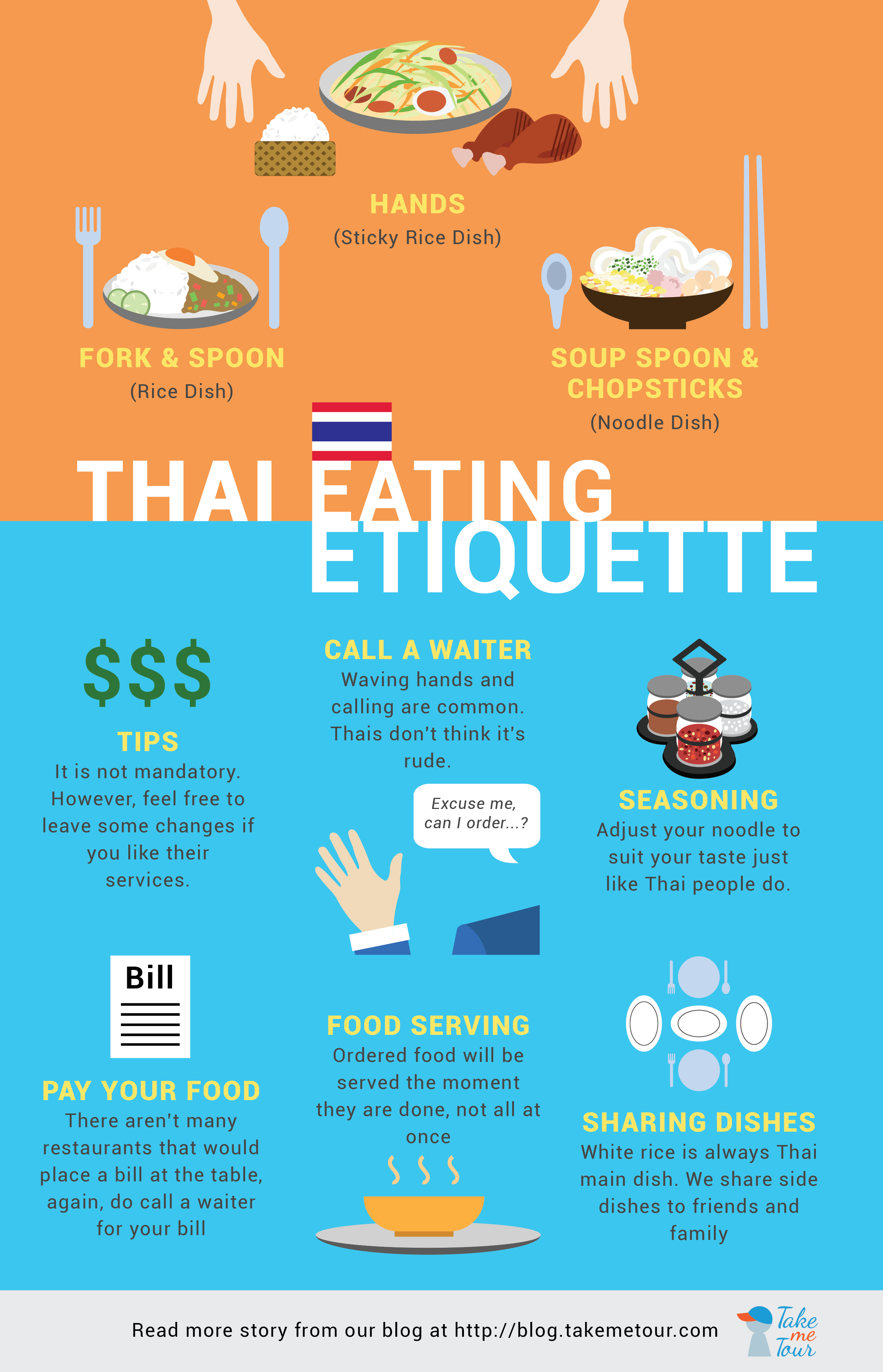Do They Use Chopsticks in Thailand? Exploring the Cultural Dining Etiquette
In the realm of cultural diversity, Thailand stands out as a fascinating country with a rich heritage and unique traditions. One aspect of Thai culture that captures the curiosity of many is its dining etiquette. While chopsticks are commonly associated with Asian dining practices, there is a question that often arises: Do they use chopsticks in Thailand? This article delves into the fascinating world of Thai dining customs, shedding light on the prevalent utensils used, the cultural significance behind them, and the evolving trends in contemporary Thai dining habits.

(Do they use chopsticks in thailand ?)
To understand Thai dining etiquette, it is essential to grasp the essence of Thai cuisine. Renowned for its vibrant flavors, aromatic spices, and colorful presentations, Thai cuisine offers a delightful sensory experience. The cuisine embodies a harmonious blend of flavors, reflecting the country's cultural, historical, and geographical influences.
Contrary to popular belief, chopsticks are not the primary utensils used in traditional Thai dining. Thai cuisine traditionally employs a combination of four main utensils: the spoon, fork, knife (rarely used), and sometimes hands. This unique utensil combination is rooted in historical and cultural factors.
- ▪️ The spoon: In Thai culture, the spoon is considered the most important utensil. It is used to convey rice and soups to the mouth. Interestingly, the spoon is also used for cutting and separating certain ingredients, rendering the need for a knife virtually unnecessary.
- ▪️ The fork: The fork is typically used to push food onto the spoon. It plays a secondary role in Thai dining, primarily assisting with moving larger pieces of food.
- ▪️ The knife: Unlike the spoon and fork, the knife is not commonly used in Thai dining. It may only be used when necessary, such as for slicing fruits or certain meats.
- ▪️ Hands: In some traditional Thai dining settings, particularly with certain dishes like sticky rice or som tam (papaya salad), it is customary to use hands for a more tactile and immersive dining experience.

(Thailand Eating Etiqette)
The use of specific utensils in Thai dining extends beyond practicality; it carries cultural significance and symbolism. Thai cuisine is known for its communal dining style, emphasizing harmony and sharing. The use of spoons instead of chopsticks signifies the emphasis on enjoying a shared meal where dishes are served in large bowls, and each person takes a portion from the central dish.
In recent years, with the increasing influence of global cuisines and the influx of tourists, chopsticks have gained some popularity in urban areas of Thailand. Upscale restaurants or establishments specializing in international cuisines may provide chopsticks upon request. Additionally, some Thai people, particularly the younger generation, may use chopsticks when dining at Japanese, Chinese, or Korean restaurants.
Thailand's dining etiquette is deeply rooted in its cultural heritage, emphasizing communal dining and shared meals. While chopsticks are not traditionally used in Thai cuisine, their usage has seen some growth in recent years due to cultural exchange and the influence of global dining trends. Understanding the cultural significance and symbolism behind Thai dining utensils provides insights into the values and traditions cherished by the Thai people. Whether enjoying a Thai meal at a traditional eatery or exploring the fusion of international cuisines, appreciating and respecting the local dining customs enhances the overall experience and fosters cultural understanding. So, the next time you embark on a culinary adventure in Thailand, remember to savor the flavors and embrace the traditions that make Thai dining a truly unique and enriching experience.